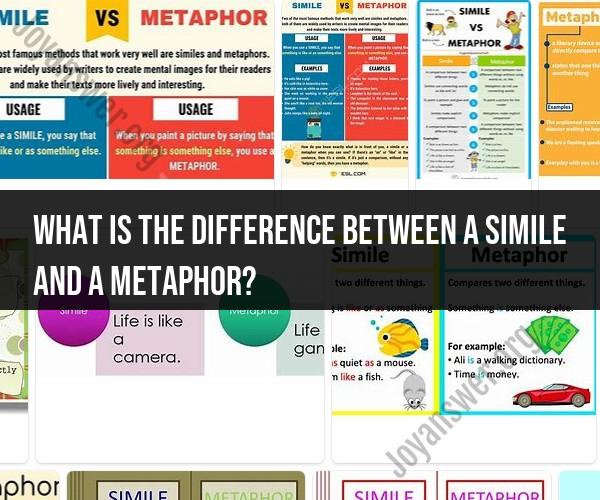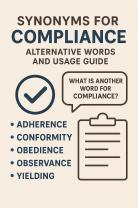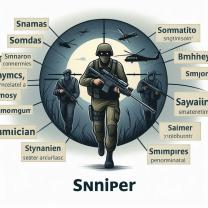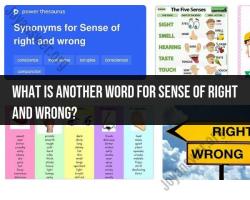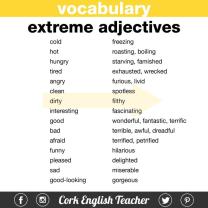What is the difference between a simile and a metaphor?
Understanding the distinction between simile and metaphor is essential for grasping the nuances of figurative language in literature. This article provides insights into the characteristics of simile and metaphor, helping readers appreciate their unique roles in creative expression.
Introduction to Simile and Metaphor
Simile and metaphor are literary devices that enhance language by creating vivid imagery and comparisons. While both serve a similar purpose, they differ in their construction and impact on the reader.
Simile: A Comparative Tool
A simile is a figure of speech that compares two unlike things using the words "like" or "as." It serves as a comparative tool, allowing readers to visualize the similarities between two entities while maintaining their distinctiveness.
Example of Simile:
"Her smile was as bright as the morning sun."
In this example, the comparison between the smile and the morning sun highlights the brightness and radiance of the smile.
Metaphor: A Direct Comparison
A metaphor, on the other hand, directly equates two dissimilar things without using "like" or "as." It creates a deeper connection between the elements being compared, often to convey abstract concepts or emotions.
Example of Metaphor:
"Time is a thief."
In this metaphor, time is directly referred to as a thief, implying that time steals moments and experiences.
Key Differences
While simile and metaphor share the goal of comparison, they have distinct characteristics:
1. Comparative Language
Simile uses comparative words like "like" or "as" to establish a connection, while metaphor directly equates two elements.
2. Implied Comparison
Simile explicitly states the comparison, allowing readers to visualize the relationship. Metaphor requires readers to infer the comparison and understand the implied meaning.
3. Impact and Intensity
Metaphor often creates a more intense impact by merging two entities into one, encouraging readers to explore deeper meanings.
Literary Significance
Similes and metaphors enrich literary works by evoking emotions, creating vivid imagery, and adding depth to characters and scenes. Writers use these devices to convey complex ideas and engage readers on a deeper level.
Choosing Between Simile and Metaphor
The choice between simile and metaphor depends on the writer's intention and the effect they want to achieve. Simile offers a clear comparison, while metaphor delves into symbolism and abstraction.
Conclusion
Mastering the differentiation between simile and metaphor enhances your literary appreciation. These devices contribute to the beauty and complexity of language, allowing writers to paint rich imagery and readers to delve into layers of meaning. By understanding their distinct characteristics, you can unravel the depths of figurative language in literature.
